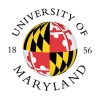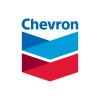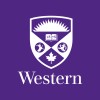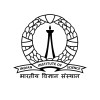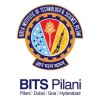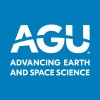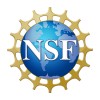About Work
As a geoscientist with tons of experience working with cross-functional teams, I thrive while tackling challenging problems that require leveraging diverse skills, teams and datasets. I am always curious, learning and open to discuss ideas or opportunities where I can contribute. Feel free to message even if it is just for more information or clarifications.
Understanding the inner workings of the Earth presents several opportunities to sharpen analytical and computational skills. Experiences range from writing or modifying millions of lines of code and writing exhaustive manuscripts to delivering invited talks and teaching the next generation with tech-assisted pedagogy.
On the research side, I have worked on planetary-scale geophysical problems using new techniques that reconcile and fit concurrently a wide variety of seismological observations. The doctoral work resulted in the next-generation three-dimensional images of the Earth’s interior, similar to a CT-scan for the human body. Recent progress includes evaluating the extent of radial anisotropy with implications for large-scale mantle flow, detecting seismological signatures of chemical heterogeneity from scaling relationships between the elastic parameters and density, as well as radial models that represent accurately Earth's average properties. I have also worked with several collaborators to infer the modeled properties in terms of the dynamics and evolution of the Earth's interior.
Experience#
-
Associate Research Scholar & Lecturer
Princeton University
-
Postdoctoral Researcher
University of Maryland
-
Faculty Fellow/Teaching Fellow
Lamont-Doherty Earth Observatory of Columbia University
-
Research Intern, Energy Technology Company
Chevron
-
Research Associate
University of Western Ontario, Dept. of Earth Sciences
-
Summer Research Fellow
Indian Institute of Science
-
Research Intern
National Centre for Antarctic & Ocean Research
Education#
-
Columbia University in the City of New York
Doctor of Philosophy - PhDGeophysics-Seismology
-
The University of Western Ontario
Research Associate / Visiting StudentGeophysics
-
Birla Institute of Technology and Science, Pilani
Bachelor of Engineering (Hons.)Civil Engineering
-
Brightlands School, Dehradun, India
ISC-Grade XIIScience
-
Carmel School, Jorhat, India
-
Projects#
Honors & Awards#
-
Kenneth & Linda Ciriacks Fellowship in Earth & Environmental Sciences
Graduate School of Arts and Sciences, Columbia University
-
Faculty Fellowship
Graduate School of Arts and Sciences, Columbia University
-
Exchange Scholarship
Govt. of Ontario, Canada
-
Microsoft Travel Grant
-
-
CSIR and DST Travel Grants
Govt. of India
-
Letter of support
GeoCongress ’08
-
Summer Research Fellow at Indian Institute of Science
Indian Academy of Sciences
Service#
-
Primary Convener & Chair at the AGU Fall meetings
Primary Convener & Chair at the AGU Fall meetings
American Geophysical Union
-
Reviewing Activities for Agencies and Foundations
Reviewing Activities for Agencies and Foundations
National Science Foundation (NSF)
-
Reviewing Activities for Journals and Presses
Multiple Journals and Presses
-
Public Speaker
Multiple Universities and Organizations
Leadership#
-
The 3-D Reference Earth Model Project
Technical Lead
-
Lamont Student Field Trip to Washington State
Organizing Committee
-
Graduate Student Advisory Council
Communications Chair & Steering Committee Member
-
Center for Entrepreneurial Leadership
Project Leader (Sparks)
-
Civil Engineering Association
Secretary
-
Phyzok Learning Solutions LLP
Partner and Co-founder


